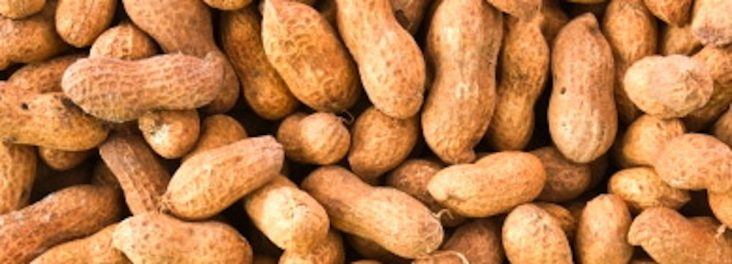EPA to permit use of Brake Herbicide on Arkansas peanut farms this year
by April 14, 2022 10:25 am 924 views

Peanuts have become a cash crop in Northeast Arkansas, but this year a pesky, common weed could threaten farmers growing the legume.
The Arkansas Department of Agriculture’s request for a Section 18 Emergency Exemption for the use of Brake Herbicide in Arkansas peanuts has been granted by the Environmental Protection Agency (EPA).
Peanut farmers in Ashley, Clay, Craighead, Crittenden, Cross, Green, Lawrence, Lee, Mississippi, Monroe, Phillips, Poinsett, Randolph, St. Francis, and Woodruff counties will be able to use the herbicide. The exemption is for the 2022 growing season, effective Friday (April 15) through August 1.
The exemption is for control of palmer amaranth, or pigweed, a common Arkansas weed that has become resistant to many herbicides currently labeled for use in Arkansas peanuts.
Section 18 of the Federal Insecticide, Fungicide, and Rodenticide Act (FIFRA) authorizes EPA to exempt state and federal agencies from provisions of FIFRA and allow unregistered uses of pesticides to address emergency situations through emergency and crisis exemptions. A Section 18 Crisis Exemption provides temporary relief for producers that encounter a pest that cannot be controlled by pesticides currently registered for a crop or use site until a determination is made on a Section 18 Emergency Exemption.
All product applications made under a Section 18 Emergency Exemption must be reported to the Arkansas Department of Agriculture within 10 days of application. A copy of the Section 18 label for Brake Herbicide, reporting forms, and other related information can be found here.
There were an estimated 40,000 peanut acres planted in the state in 2021, which was a 1,000 acre increase from 2020. Peanuts are a rotational crop with cotton, meaning the profitability of each can impact planting decisions for the other.
Arkansas peanut growers averaged about 4,800 pounds per acre in 2020, according to the USDA Crop Production Summary.
